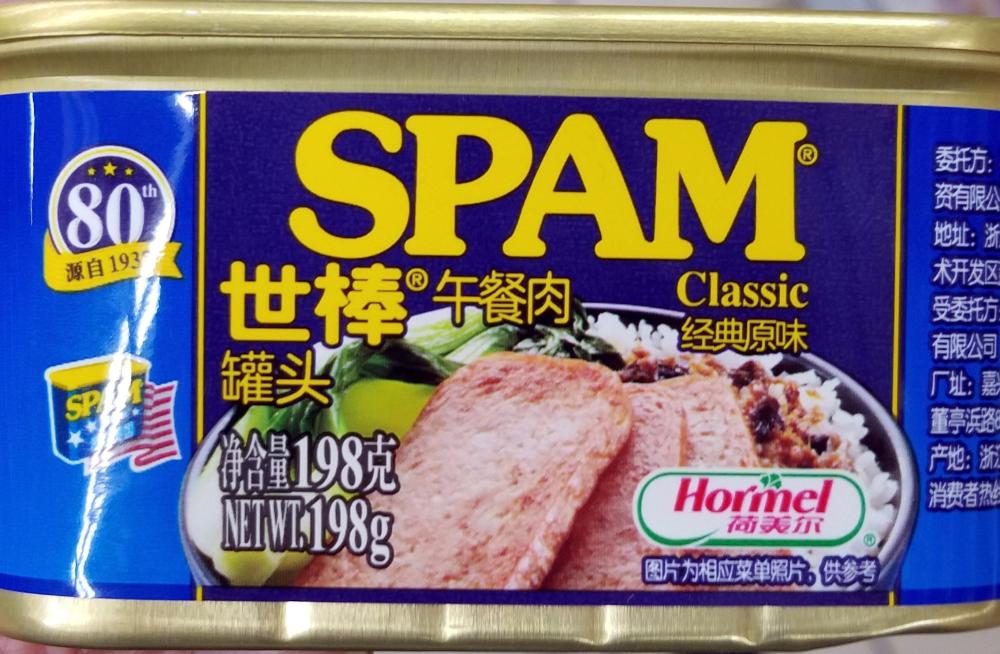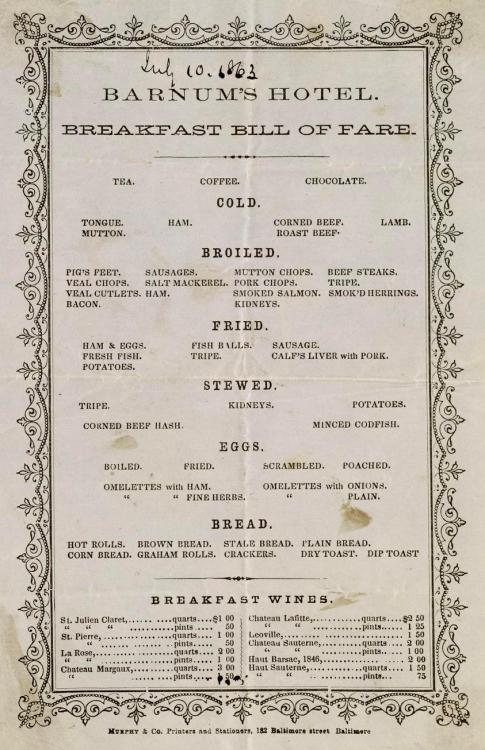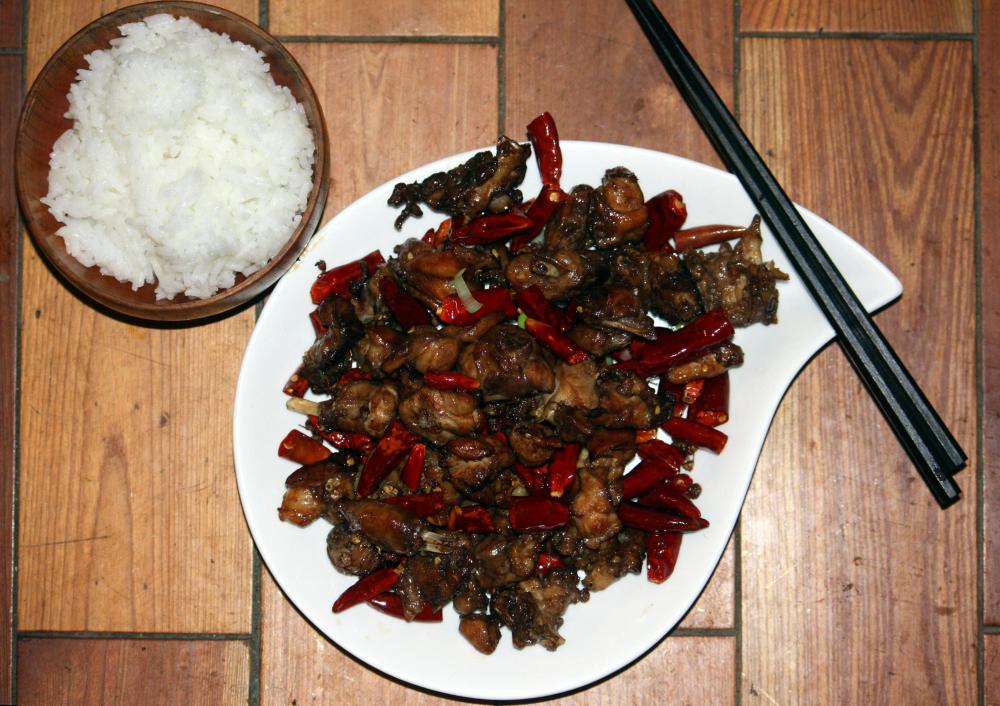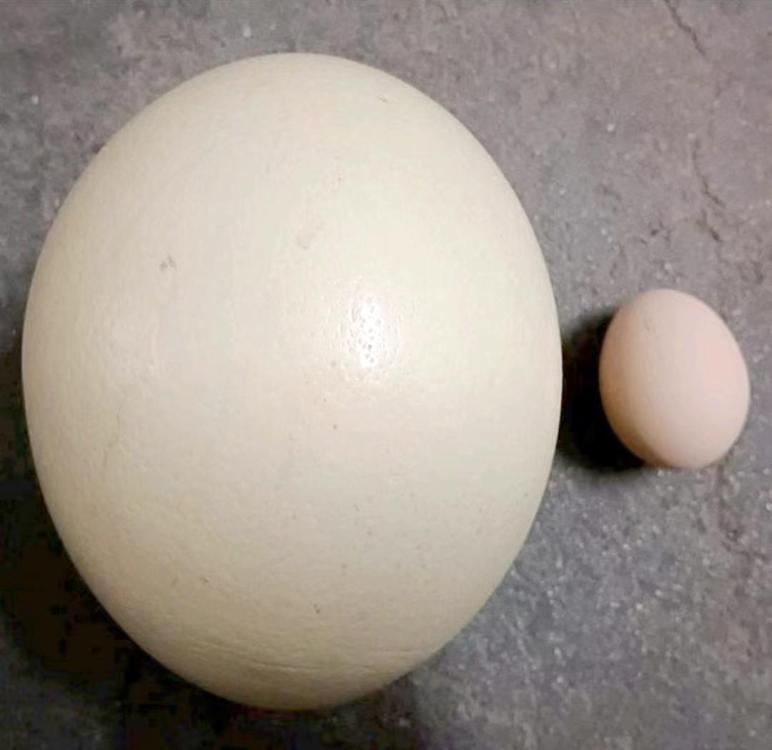-
Posts
16,674 -
Joined
-
Last visited
Content Type
Profiles
Forums
Store
Help Articles
Everything posted by liuzhou
-
I've certainly had it. It was a regular food substitute when was a kid. Never ate it again after leaving home to go to university almost 55 years ago! Disgusting muck. Liverwurst, I love.
-
I'm rather fond of these bowls I picked up a few days ago. $2.20 USD each. The are half coconut shells and come with those rubber rings for stability. Very ecological. 5½" / 14cm diameter at the rim. They are actually visually the same inside. The one on the left in my image is wet.
-
For chip/crisp packets, I have this small device which reseals bags and also opens them. Cost the equivalent of $4 USD.
-
-
I don't know. I don't buy the stuff. I prefer food.
-
Looking for something else, I just refound this topic which had slipped my memory. I'm now wondering how your Chinese cooking investigations are going a year later, if you don't mind relating.
-
I just noticed something strange about the Spam® sold in China. For some reason, this famous processed pork product is labelled "牛餐肉" (niú cān ròu) which means beef! Whatever, I've never bought it. I do know however that it is usually used as a ham substitute in fried rice. That said, cheaper Chinese clones brands are much more often used. Spam® itself us also available pre-sliced and in various flavours including 'black pepper" because, as everyone in China knows, western food is never consumed without lashings of black pepper. Last two images from Taobao on-line shopping listings.
-
Barnum’s Hotel. Baltimore, Maryland. 1863 I love the Breakfast Wines menu. A pint of Chateau Lafitte for $1.25?
-
Yes, but even cooking at home has overheads and your ingredients will probaby be at retail prices not wholesale. You also have fuel costs, and have to rent or purchase your home, maintain your kitchen appliances and utensils etc. Pay taxes, too. Sure you could make a cheaper meal at home but the comparison is not that simple.
-
-
-

Interesting NYT article about texture in the culinary experience
liuzhou replied to a topic in Food Media & Arts
Shaggy inkcaps or shaggy manes need to be picked when young. They generally then last a couple of days in the fridge before deliquescing (despite what Wikipedia says). They are widely available here in supermarkets. The word itself has been used in English for almost 300 years, but existed in Latin long before that. It is applied to certain mushrooms but also more generally, including ironically. -
https://www.theguardian.com/news/2023/may/26/seaweed-could-avert-food-crisis-extreme-weather
-
Yes, we discussed both of these upthread. The caviar seaweed, Caulerpa lentillifera, is found around Japan, but also in China, Vietnam and the Philippines. I always have some on hand.
-
-
My maternal grandparents , French refugees during the Nazi occupation (1940), moved to the UK where they opened a newsagents / tobacconist shop. During the harsh rationing caused by the German blockade of Britain, local farmers would come to the shop hoping to exchange wild rabbits, which they had shot, for tobacco. So, my mother was brought up eating a lot of rabbit, a habit she passed on to me and my siblings. Years later when I moved to London my local butcher Norman obtained wild rabbits from his younger brother, a farmer, then call me to tell me he had them. So the tradition continued. Here, I can obtain rabbit no problem, but only farmed, highly probably not in good conditions. Sad, but better than no rabbit. Rabbit is hugely popular in Sichuan, especially roasted 'ma la'* rabbit heads sold as street food all over. Rabbit Head Also, I sometimes make Sichuan style 辣子兔肉 (là zi tù ròu), rabbit with chillies, a take on the more common 辣子鸡 (là zi jī) chicken with chillies. 辣子兔肉 (là zi tù ròu) * 麻辣 (má là), the iconic Sichuanese combination of chilli and Sichuan peppercorns. Literally 'numbing hot'. That said, I do most often cook it in a more French style with mustard sauce.
-
Ostrich eggs vary from about 2 kilos (4½ lbs) to 3.5 kilos (7¾ lbs) in weight and are priced here between the equivalent of $9 to $19 USD each. Here is one beside a standard sized chicken egg for scale. The ostrich egg was around 5 lbs.
-
Thanks. A few more but not the full set.
-
Chow mein is actually known in China as 炒面 (chǎo miàn) and literally means 'stir fried noodles'. However if you are using dried noodles they would be briefly boiled to reconstitute them before frying. Flat noodles are more common and crispy noodles are virtually unheard of. They are American.























